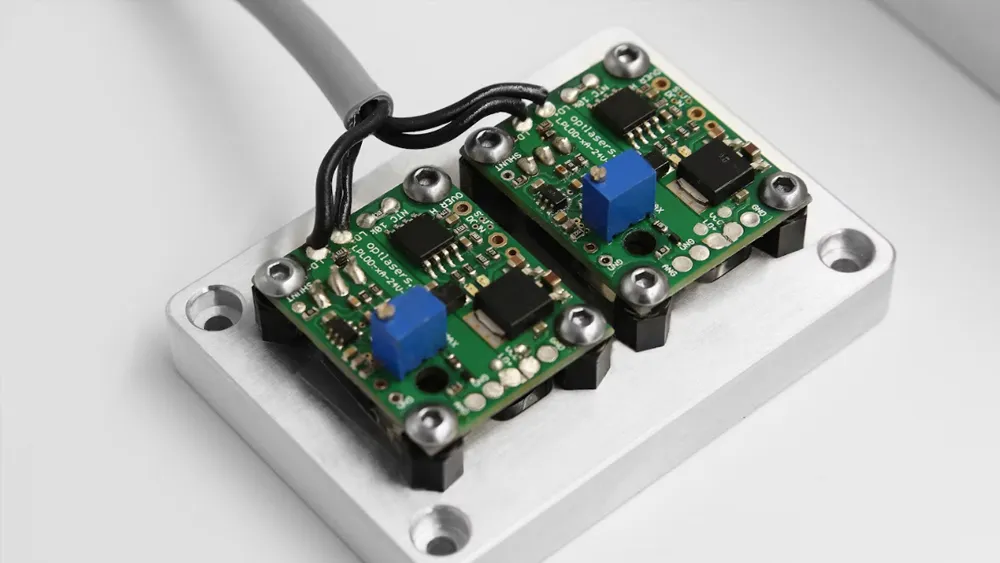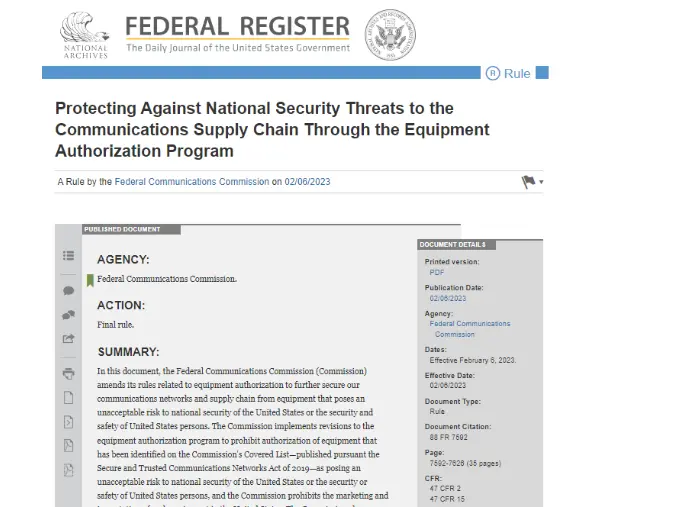
What Is ASTM F2085 Compliance for Portable Bed Rails?
ASTM F2085 Standard
ASTM F2085 – Standard Consumer Safety Specification for Portable Bed Rails

Introduction to ASTM F2085
The ASTM F2085 Consumer Safety Specification establishes detailed performance requirements and specifies instructions for the safe use of portable bed rails.
Portable bed rails are protective devices installed on the sides of adULt beds to prevent children from falling off. They are intended for children who are capable of independently getting in and out of bed, typically between 2 to 5 years of age.
The purpose of this standard is to minimize the risk of injury to children during normal use or reasonably foreseeable misuse of portable bed rails.
ASTM F2085 Structural Integrity Test
After securing the bed rail to a horizontal surface, install a clamp at the intersection of the leg and the vertical plane, 4 inches from the surface.
If the leg shifts during the test, retighten the clamp and repeat the procedure.
Next, apply a 178 N loadgradually at the uppermost horizontal part of the rail, at a 90° angleperpendicular to the rail plane, simulating the outward pulling force during bed installation.
Each application of force should be completed within 5 seconds and held for 10 seconds.
Test Requirement:
After testing, the bed rail must not exhibit any hazardous conditions as defined by the standard.
ASTM F2085 Test Method for Enclosed Openings Within Portable Bed Rails
After fixing the bed rail, insert a torso test probe(with the tapeRED end leading) into any opening within the rail structure.
Gradually apply a 133 N forceperpendicular to the opening plane and hold for 5 seconds.
The probe must be positioned in the direction most likely to allow passage.
Test Requirement:
During the test, the enclosed structure of the bed rail must not contain any closed openings large enough for the torso probe to pass through.
ASTM F2085 “Mattress-Top” Portable Bed Rail Displacement Test
Install the bed rail on the test platform according to the manufacturer’s instructions.
Starting from one end of the rail, place a wedge-shaped probelaterally, inserting its tapered end into the gap between the mattress and the inner lower edge of the rail.
The probe’s long side should rest flat against the mattress surface, and the short side should be perpendicular to it. Insert the probe 13 mmunder the rail.
Then, apply a 133 N forceparallel to the mattress surface toward the rail, holding for 5 seconds.
Test Requirement:
During testing, the probe’s insertion depth must not exceed 14 mm, and the bed rail must not shift laterally or lift from the mattress surface.
ASTM F2085 Test Method for Portable Bed Rails Designed for Specific Manufacturers’ Beds
1. Install the bed rail on the designated manufacturer’s bed, using the specified mattress and recommended support frame, ensuring all components are properly aligned.
2. Starting from one end of the rail, insert the tapered torso probeinto the seam between the mattress edge and the rail, gradually applying a force up to 133 Nuntil approximately 13 mmof insertion is achieved. Adjust the probe angle as needed for smooth entry.
3. After insertion, apply a 133 N downward pulland hold for 5 seconds.
4. Before moving to the next test location, reinstall the bed rail. Repeat the test along the entire rail length at intervals no greater than 300 mm, focusing on weak points.
5. Replace the mattress and support frame and repeat the above steps.
ASTM F2085 Test Method for Protrusion and Entanglement Hazards
Place the product on the test platform according to the manufacturer’s instructions.
Use a ring gaugeto check for protrusions on both the inner and outer sides of the bed rail.
- For the inner side, measure from the center of the top rail down to the top surface of the mattress.
- For the outer side, measure down to the mattress base surface.
Hold the gauge vertically and attempt to lower it over any protruding part.
If the gauge cannot fit over the protrusion, use a weighted cord testinstead:
Loop the short cord around the protrusion and let the weight hang freely on one side.
Then, loop the long cord around the protrusion and let the weight drop freely over the top rail on the opposite side.
If the weight touches the mattress surface, shorten the long cord as necessary to complete the test.
Test Requirement:
During testing, no cord—short or long—should become caught or attached to any protruding part.
JJR Testing Services
JJRoffers comprehensive testing services to ensure compliance with the ASTM F2085 Portable Bed Rail Safety Specification, covering performance requirements such as:
- Dimensional verification
- Entanglement hazard assessment
- Bed rail displacement testing
- Structural integrity evaluation
These services help ensure that products meet essential safety standards for consumer protection.
Email:hello@jjrlab.com
Write your message here and send it to us
 What are ASTM F963 and CPSIA?
What are ASTM F963 and CPSIA?
 Comparison of ASTM F963 and EN 71
Comparison of ASTM F963 and EN 71
 How to get CSA C22.2 NO.256:14 Test Report?
How to get CSA C22.2 NO.256:14 Test Report?
 How much is the ISTA Amazon Packaging & Shippi
How much is the ISTA Amazon Packaging & Shippi
 Amazon Product Laboratory Testing Requirements
Amazon Product Laboratory Testing Requirements
 How to Get EPA Certificatio
How to Get EPA Certificatio
 What is EPA Certification in the United States?
What is EPA Certification in the United States?
 What is an FCC Registered Agent?
What is an FCC Registered Agent?
Leave us a message
24-hour online customer service at any time to respond, so that you worry!




